When my dad was a teenager he got a job at Gray’s Garden Center and Nursery in Wells, Maine. It was a quick bike ride from his home at the Bald Hill Granite Quarry. By this time he’d had years of experience in gardening. Having grown up during the Depression, he learned that a family’s vegetable garden could make a huge difference in the quality of life.
“We lived in Maine. The Depression was very, very bad in that area, but we lived pretty good. This quarry was on an old farm and there was quite a bit – perhaps 40 or 50 acres of open field. We had a big garden – we raised all our own vegetables. We planted about an acre to an acre and a half.” – Wally Paton
“Gray’s was a small family run business. They grew flowers, shrubs, and vegetables. Here Dad would learn about propagation, soil composition, and landscaping. It would become a life-long passion.

Wally Paton worked at Grays Garden Center & Nursery while in high school
Dad’s second job, following his discharge from the Air Force at the end of World War II, was at Wyman’s Nursery in Framingham, Massachusetts – a short distance from where he and Mom lived on Marion Street in Natick. Just 22 years old, he had enlisted in pilot training school right out of high school so his work experience was limited. He thought about becoming a commercial airline pilot but, with the birth of their first child, Mom wasn’t crazy about that idea. He would soon find work, however, in an area that he knew something about – gardening. It was the beginning of a housing boom and a population explosion as the soldiers returned home and settled down in houses purchased with the help of the GI bill. My parents were no exception.

2 Marion Street, Natick, Massachusetts
Wyman’s Nursery in Framingham, Massachusetts was no small operation. They had been around for decades and owned hundreds of acres just off Route 9. In the 1950’s they sold off a small portion of their vast acreage for the building of the first mall in America called Shopper’s World – one of my favorite hang outs as a teenager.
Wyman’s was well-known for the extensive stock they carried. A catalog from 1919 shows hundreds of different species of trees and shrubs listed alphabetically. The book includes directions to their nursery from all points in New England – there was even a train stop at Wyman’s. It would be here that Dad would gain extensive knowledge about trees, shrubs, flowers and landscaping. Richard M. Wyman, the owner was also an educator for the Massachusetts College of Agriculture. He would write several books and catalogs over the decades, among them Beautiful Home Surroundings and Landscaping and Gardening: A Book of Landscaping Suggestions, Planting and After-care. Wyman’s was the perfect place for Dad to hone his skills in all things gardening.
I remember as a young child my dad driving me and my brothers to Wyman’s – a field trip of sorts. This was after his career had taken a different path. He would go on to work as a machinist and later a manager for Microwave Development Labs in Natick which made parts for the aerospace industry. But on this day, while walking around Wyman’s, as Dad pointed out the various trees and shrubs, I couldn’t help but feel his passion – even if, at the time, I didn’t quite get the intrigue.
After Natick, my parents moved to our farm in Southborough, Massachusetts where we lived for the next 18 years. Here with 16 acres surrounding a farmhouse and a barn, Dad would have an opportunity to begin testing his own skills as a vegetable gardener. He would experiment with soil PH and various additives until he developed the right mix and he produced remarkable results. We lived off that garden in the summer and, with canning and freezing, most of the rest of the year as well.
Following Wyman’s he spent the rest of his career working in an office, but that love of the land – that passion for nurturing the soil – never left him and continued to play a significant part in his life throughout his 78 years. In later years, that passion, and my mother’s passion for flowers, would be the catalyst in transforming their Patagonia, Arizona yard into a green oasis attracting birds and then birders from all over the world to the mecca which became known as Paton’s Birder Haven. Now known as Tucson Audubon’s Paton Center for Hummingbirds, it would become their legacy.
Throughout his life, whenever the opportunity arose, Dad would share his knowledge with his children and grandchildren or just about anyone who expressed an interest.
When my husband and I bought our first house, one of our priorities was to plant a vegetable garden. The thought of growing my own fresh vegetables on my very own land was exciting. That first spring, we planted 6 fruit trees (apples, peach, pear – 2 of each) and we started digging up the back yard for planting vegetables. My dad, who we knew was an expert in all things garden, offered advice. He even mailed us some asparagus crowns from his own garden in Arizona. The package arrived with a handwritten note, one of only a few letters I ever received from him. Gardening was a way to connect with him – that and talking about the Boston Red Sox. I learned this early on and I used it many times to strike up conversations with him. In high school and college I worked for him during the summer at Fabraze Corp. Fabraze had recently opened a plant in Nashua, New Hampshire. My parents were still living in Southborough, awaiting the move to their new house in Londonderry, so the commute was long. On our way to work, Dad would always stop at Dick’s Spa in downtown Southborough to pick up the Boston Globe. Immediately he would turn to the sports pages. Then he would hand the paper over to me and I would do the same. I often read to him about the highlights of last night’s game. I knew talking about sports would hold his attention. Gardening had the same effect.

Wally & Marion Paton in front of Mom’s rose garden – Dad with his Red Sox cap
I don’t remember our garden at our first home being a huge success. We had a lot of tall trees surrounding our property and sun was not abundant. But really at that point it was more about the doing and the connection with Dad that made the whole project so special for me.
My niece, Emily, who grew up in Patagonia, Arizona, just down the road from my parents recalls lessons she learned from my dad in her own vegetable garden planted in their yard.
“I had hand tilled a 10×10 plot on the side of the grain room closest to the road for my first garden. If I remember correctly, I was seriously impressed and inspired when I saw a picture of grandpa’s garden. So mine, of course, needed to be in the same place as his! I later expanded that section, tilled up the entire section where their chicken coop once was and added a new 6x6ish plot right in the middle of the yard for corn. Grandma watered it all for me religiously on days I didn’t go over. Her favorite was corn. I think I may have grown the corn only one or two years, but the ears were small and almost every single ear got a worm. Grandma laughed and said she didn’t mind sharing.
By the last year I grew 3 varieties of tomatoes, yellow beans, green beans, yellow squash, zucchini, cucumber, bell peppers, 2 or 3 kinds of hot peppers, radishes. Grandpa always reminded me to plant veggies of different varieties far away from one another so they didn’t cross pollinate. He also instructed me on how to build mounds for squash and rows for corn. One year the grasshoppers ate every last leaf off of my beans, but didn’t touch the actual green beans. I was amazed the plants survived! I think I tried melon and pumpkins that year too.
Thanks to them I LOVE the idea of living off of our own land and being 100% familiar with the food I eat, including raising and hunting your own meat. To this day I try to only buy meat and veggies from farmers that I’ve met, whenever possible. I’ve had a garden more years than not since my time in Patagonia. And I even started a mini community garden with some coworkers in college.
In the pictures I saw of grandpa’s garden, I remember seeing lots of leafy greens. He and Dick Volts told me to grow peanuts or potatoes to replenish the soil. I also occasionally added vermiculite to the soil before planting. Grandma insisted it would keep moisture in the soil. But I remember that soil being so nice and rich, once I tilled it and kept it watered. Especially/obviously where the chicken coop once was!” – Emily Covey Wojtowicz, granddaughter of Wally & Marion Paton
Over the years I became more of a flower gardener, like my mom, but this year I decided to join our Community Garden and grow vegetables again. My dad would be proud to see my neatly aligned rows of lettuce and kale and the mounds for squash and pumpkins, all thriving in full sun without the offending deer, chipmunks and groundhog competing for my bounty. I take great pride and think of my dad each time I reach for the hoe to clear the weeds from among my rows, a job my dad insisted on and I resisted as a kid. I now pass on the joys of working in the soil to my grand kids and they take pride in watching the fruits of our labor grow. Gardening is in our blood and there is no doubt where that came from.
“Even merely to be in a garden – is nothing less than a triumph of resistance against the merciless race of modern life…” – Maria Popova, Brain Pickings




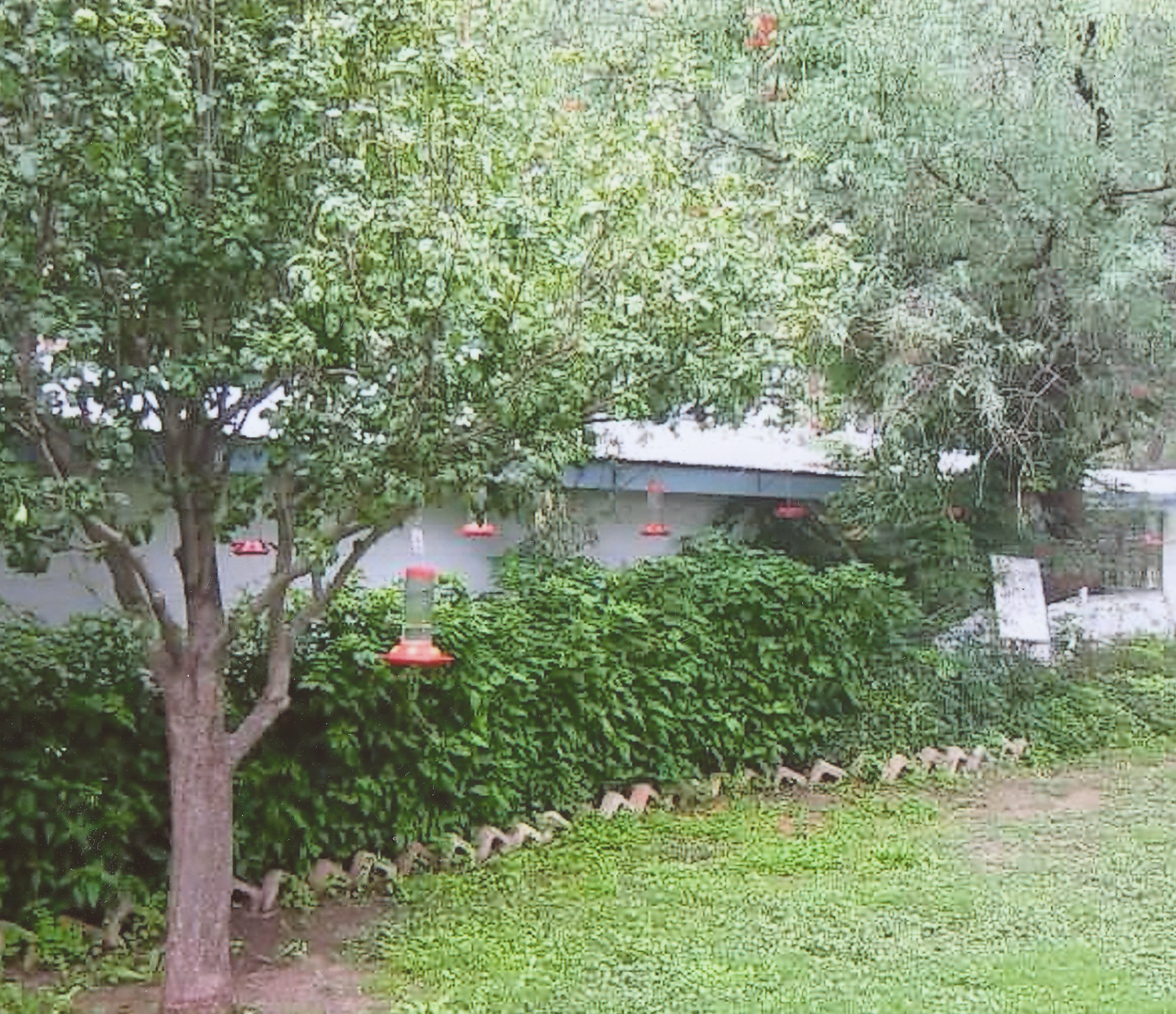
















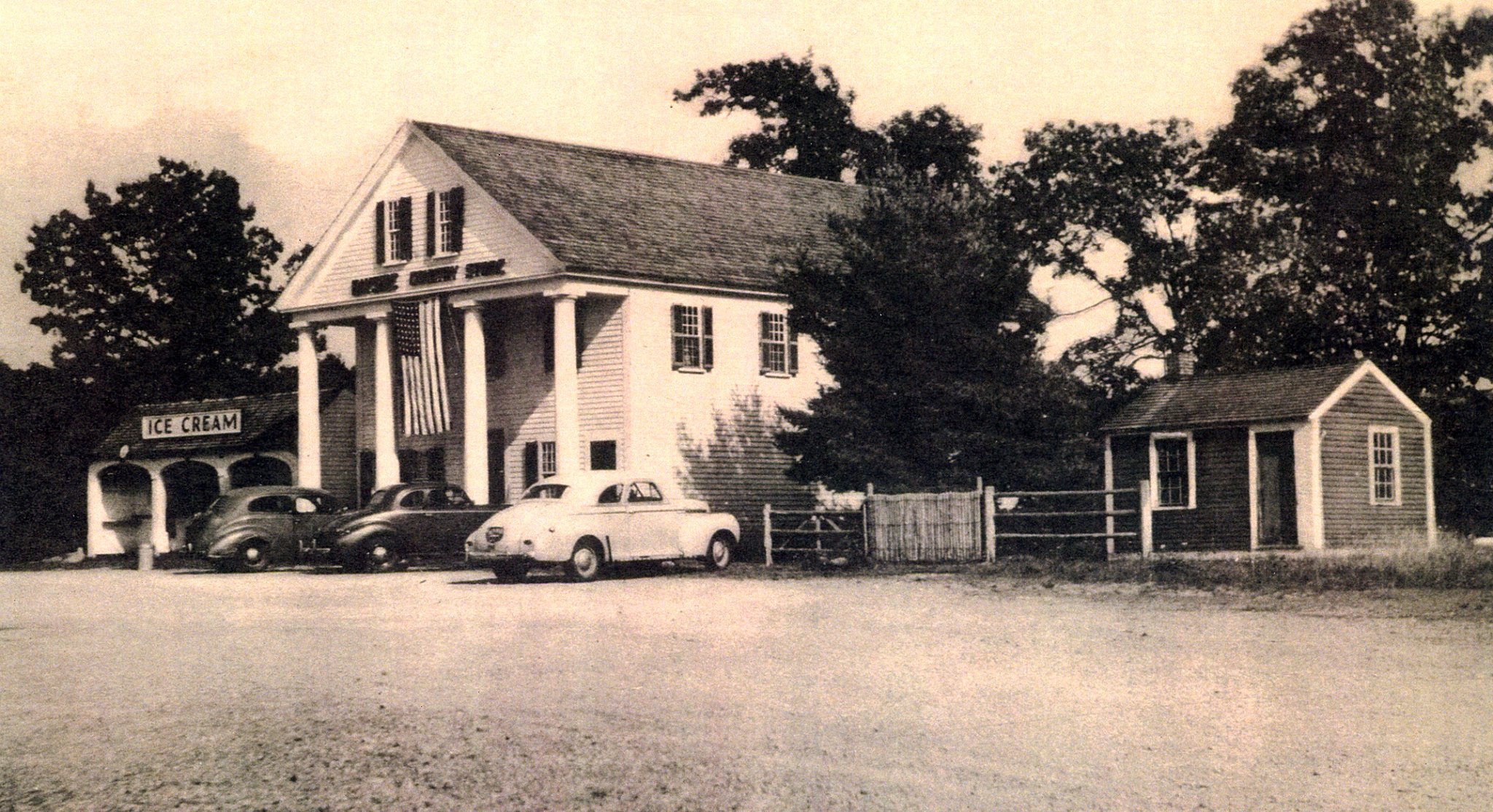



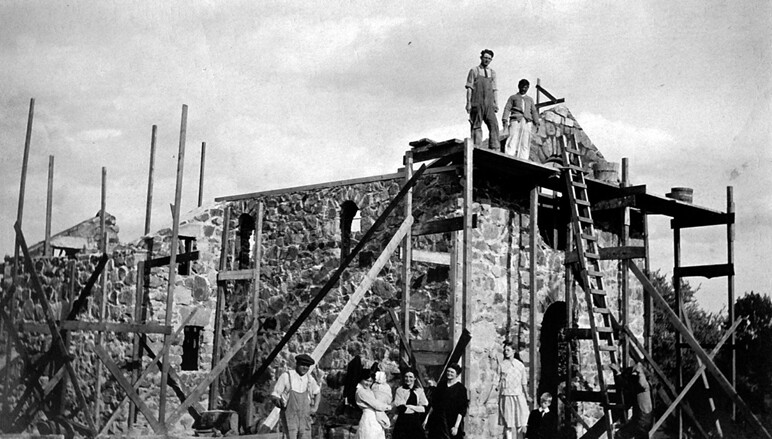

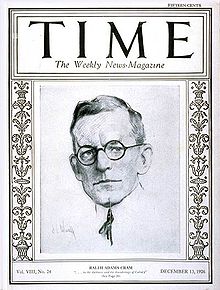
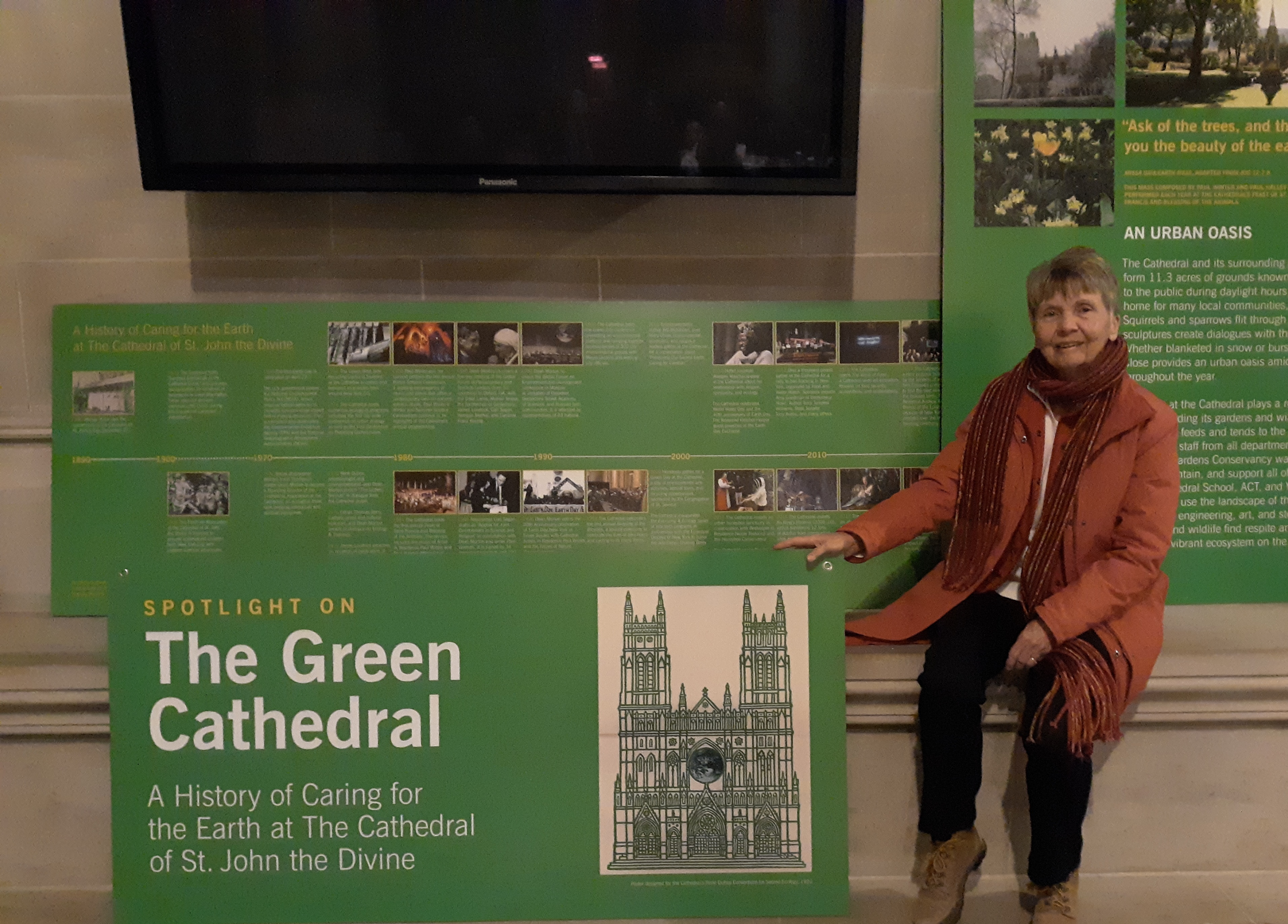




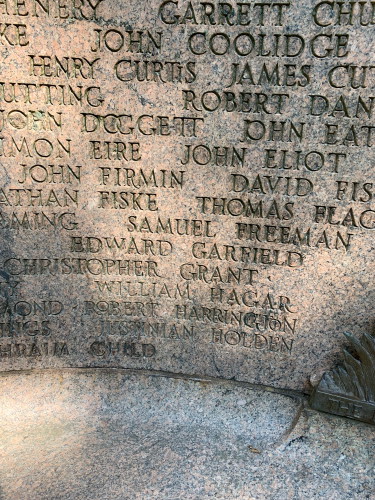


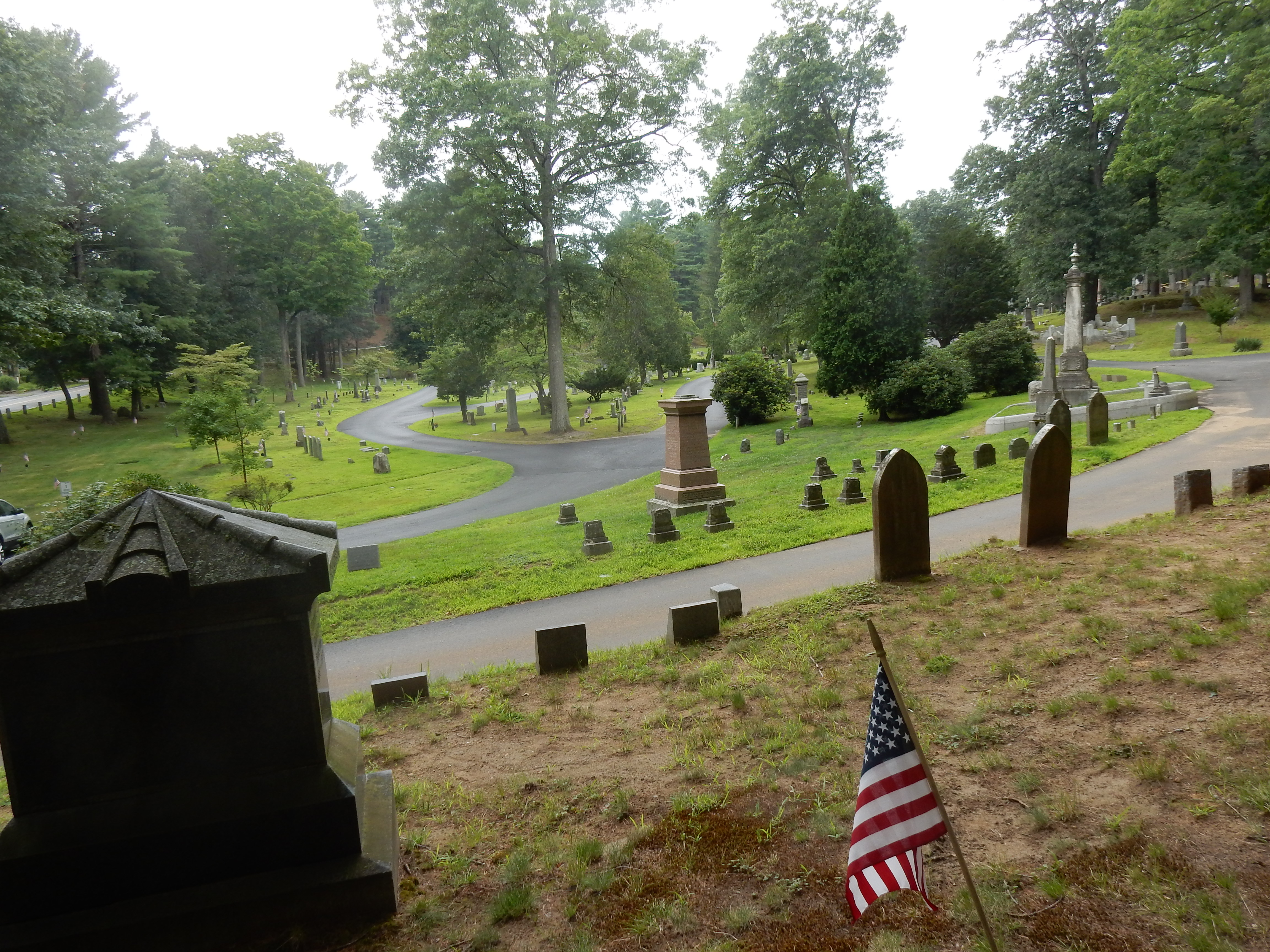
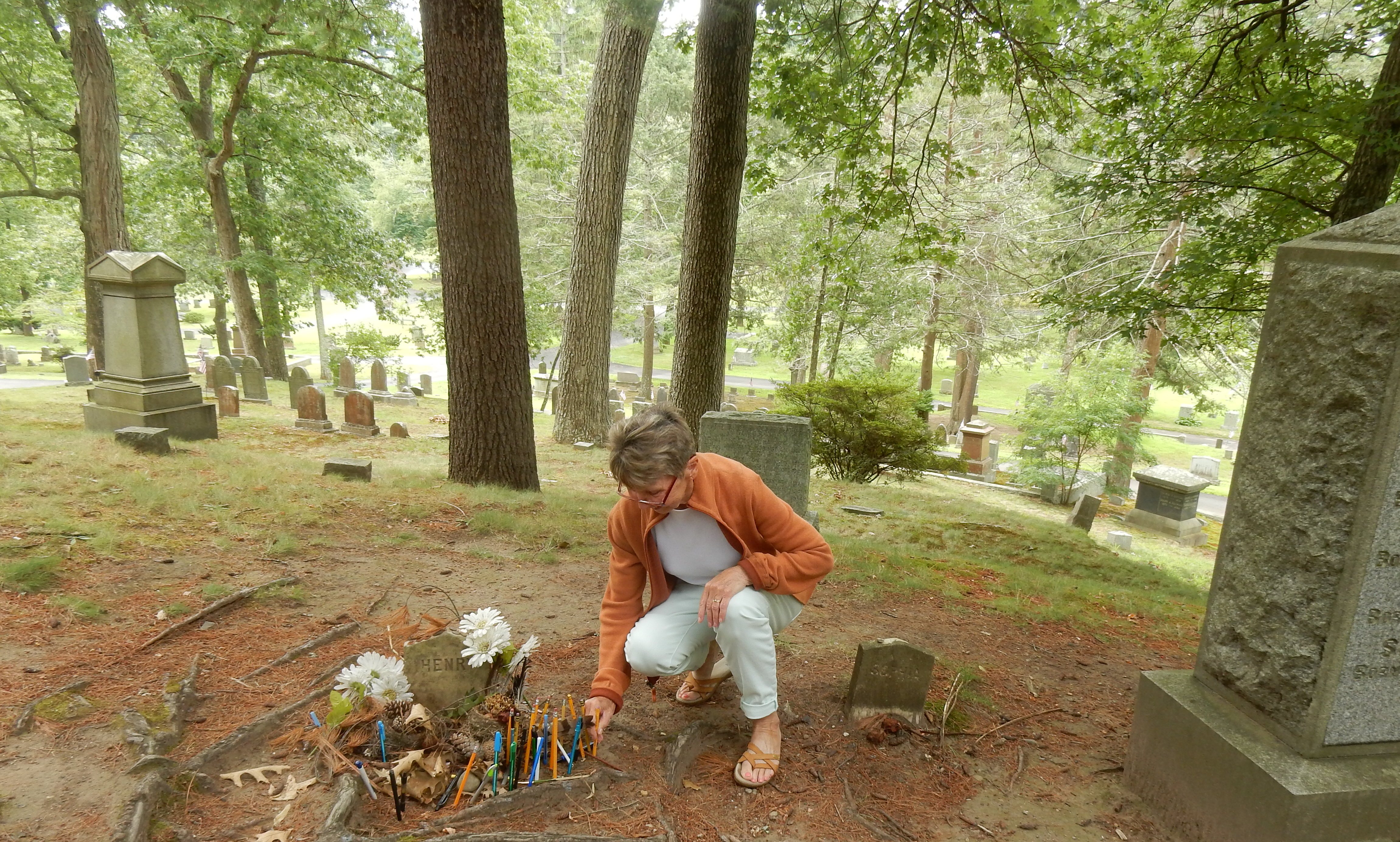










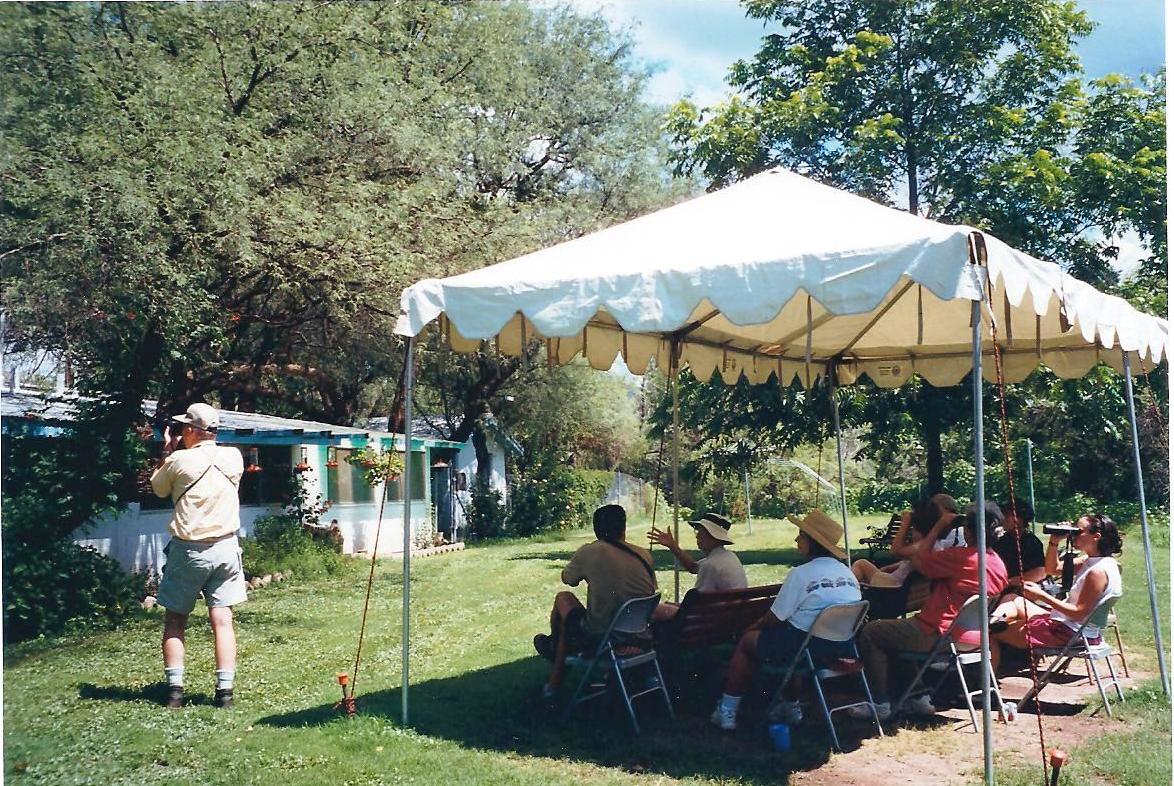

![Pageflex Persona [document: PRS0000444_00062]](https://bonniepatonmooncom.files.wordpress.com/2019/04/journey-home-csbookcover8x10_color_190-3.jpg)